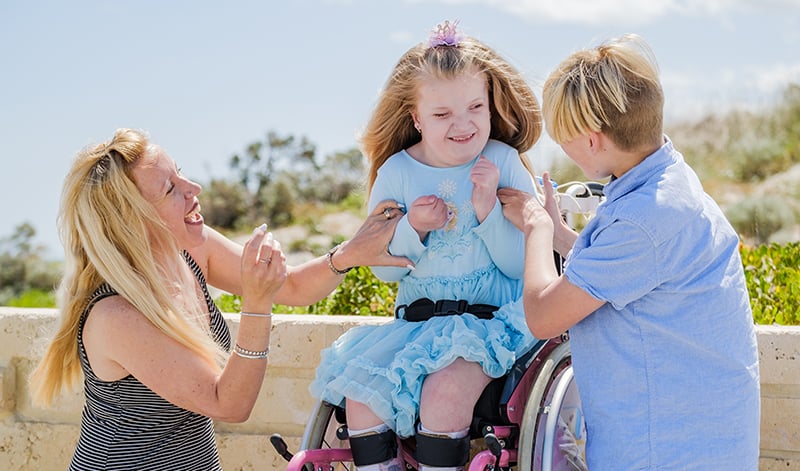Search
Research
Application of Gene Expression Trajectories Initiated from ErbB Receptor Activation Highlights the Dynamics of Divergent Promoter UsageThis study helps us understand how cancer cells are regulated by key genes and their corresponding networks to alter their fate in response to specific...
Research
Transcribed enhancers lead waves of coordinated transcription in transitioning mammalian cellsOur data support a highly generalizable model in which enhancer transcription is the earliest event in successive waves of transcriptional change during...
Research
Linking FANTOM5 CAGE peaks to annotations with CAGEscanHere, we present the production and quality control of CAGEscan libraries from 56 FANTOM5 RNA sources
Research
Conserved temporal ordering of promoter activation implicates common mechanisms governing the immediate early response across cell types and stimuliWe obtain a set of 57 candidate immediate early genes possessing promoters that consistently drive a rapid but transient increase in expression over time
Research
SAMStat 2: quality control for next generation sequencing dataSAMStat is an efficient program to extract quality control metrics from fastq and SAM/BAM files. A distinguishing feature is that it displays sequence composition, base quality composition and mapping error profiles split by mapping quality. This allows users to rapidly identify reasons for poor mapping including the presence of untrimmed adapters or poor sequencing quality at individual read positions.
Research
Electrostatic Filters to Reduce COVID-19 Spread in Bubble CPAP: An in vitro Study of Safety and EfficacyBubble CPAP may be used in infants with suspected or confirmed COVID-19. Electrostatic filters may reduce cross infection. This study aims to determine if including a filter in the bubble CPAP circuit impacts stability of pressure delivery. A new electrostatic filter was placed before (pre) or after (post) the bubble CPAP generator, or with no filter (control) in an in vitro study. Pressure was recorded at the nasal interface for 18 h (6 L/min; 7 cm H2O) on 3 occasions for each configuration. Filter failure was defined as pressure >9 cm H2O for 60 continuous minutes. The filter was weighed before and after each experiment.
Research
Bilateral murine tumor models for characterizing the response to immune checkpoint blockadeThis protocol describes bilateral murine tumor models that display a symmetrical yet dichotomous response to immune checkpoint blockade
Research
Identification of novel cerebellar developmental transcriptional regulators with motif activity analysisThe FANTOM5 cerebellum time series is a high-quality transcriptome database for functional investigation of gene regulatory networks in cerebellar development
Research
Expression Levels of Therapeutic Targets as Indicators of Sensitivity to Targeted TherapeuticsWe investigated the relationship between the sensitivity of hundreds of cell lines to hundreds of drugs, and the relative expression levels of the targets

News & Events
What’s in a name?In WA, 60,000 kids live with a rare disease, and of those about half do not have a diagnosis. At The Kids, researchers are leading the charge in developing a method to identify genetic variations, so that kids like Charlotte can get answers.
